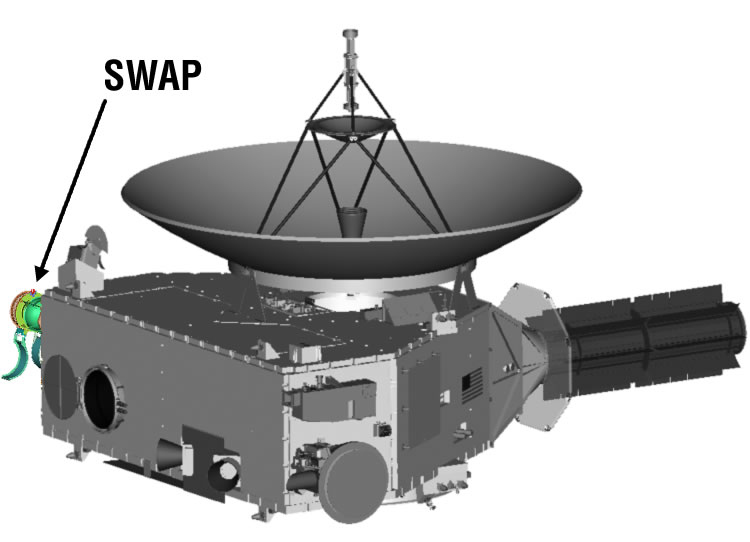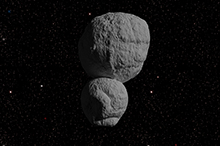Crane A&E Product Working Hard at Solar System's Edge
Crane A&E Product Working Hard at Solar System's Edge
Some 3.8 billion miles away, Crane Aerospace & Electronics product is working hard to deliver NASA  groundbreaking information on worlds at the edge of our solar system.
groundbreaking information on worlds at the edge of our solar system.
NASA’s New Horizons mission began 13 years ago when its space probe launched from Cape Canaveral, Florida with an objective to provide the first ever reconnaissance of Pluto’s system and the Kuiper Belt — a donut-shaped region of icy bodies beyond Neptune’s orbit.The National Academy of Sciences has labeled the mission the highest priority of solar system exploration.
Today the space craft is relaying unprecedented data about a Kuiper Belt object NASA has nicknamed Ultima Thule — a space relic that’s the farthest object from earth ever to be explored.
Crane A&E is proud to share a role in this historical achievement by supplying its Interpoint DC-DC converters and EMI filters to New Horizons space probe’s Solar Wind Around Pluto (SWAP) instrument. The converters provide secondary power to the SWAP, and the EMI filters eliminate low-frequency noise from the two converter oscillators.
The SWAP instrument’s function is to measure the interaction of Pluto’s atmosphere with solar wind. Scientists  believe escape processes driven by solar wind is causing Pluto to lose a significant amount of its nitrogen-rich atmosphere. They also believe studying this material could provide valuable information on Pluto’s atmospheric structure.
believe escape processes driven by solar wind is causing Pluto to lose a significant amount of its nitrogen-rich atmosphere. They also believe studying this material could provide valuable information on Pluto’s atmospheric structure.
On Jan. 1, 2019, the New Horizons probe completed a fly-by of Ultima Thule’s 22-mile long surface, taking photos from as close as 17,000 miles away. Data received from the New Year’s Day fly-by is slowly arriving over time. Transmission is expected to continue into summer of 2020, but already researches have received exciting images. NASA’s New Horizons team recently published its first Kuiper Belt fly-by results, which details a wealth of information on Ultima Thule’s development, geology and formation.
Before exploring deeper into the Kuiper Belt and discovering Ultima Thule, New Horizons conducted a six-month reconnaissance mission of Pluto in 2015. During that time, NASA discovered four previously unknown moons belonging to Pluto and completed extensive mapping of Pluto’s surface.
The mission’s end date is slated for April 30, 2021, but New Horizons could extend into the mid-to-late 2030s if the spacecraft, which is moving upwards of 33,000 miles per hour, remains operational.